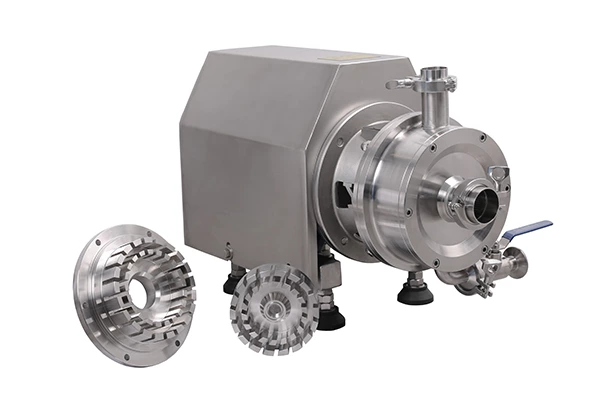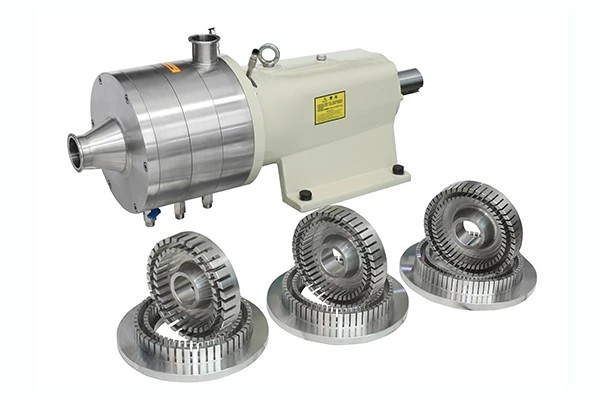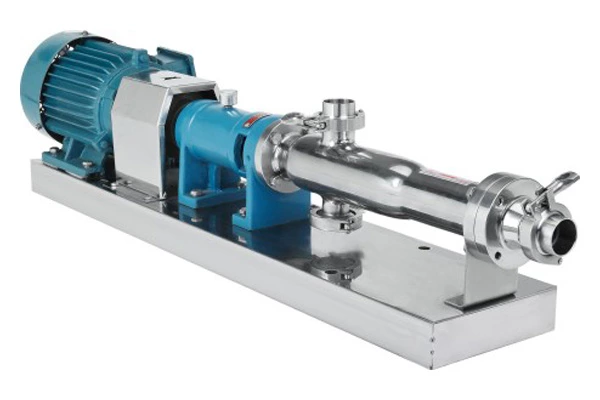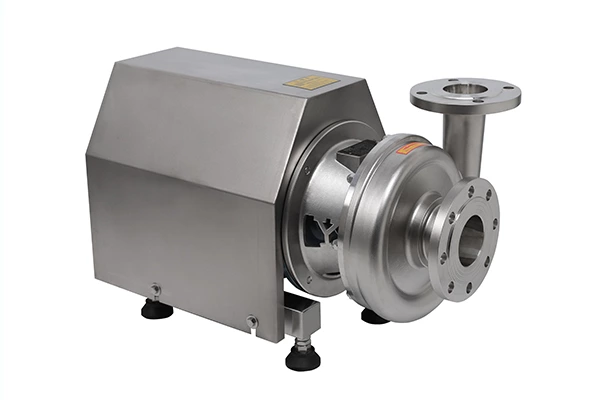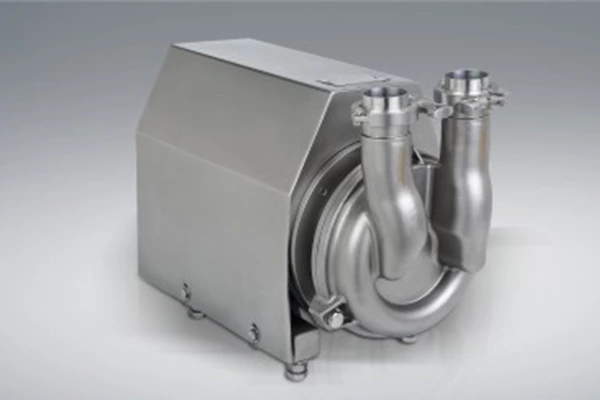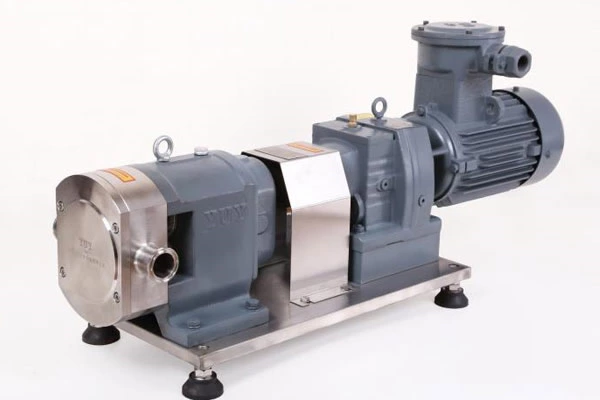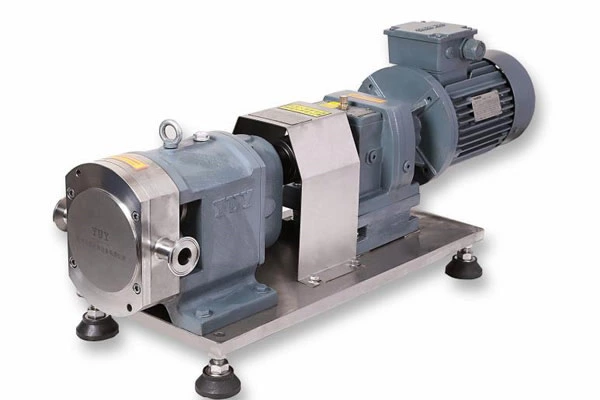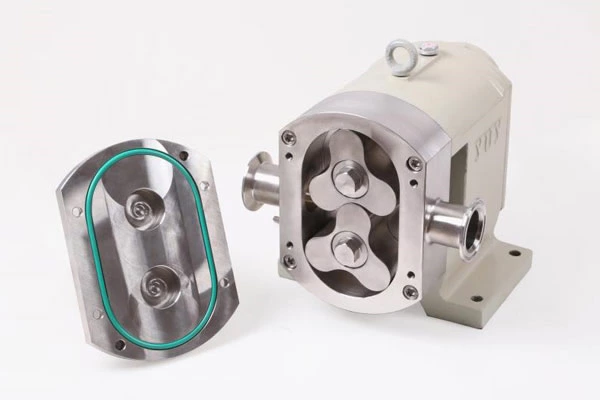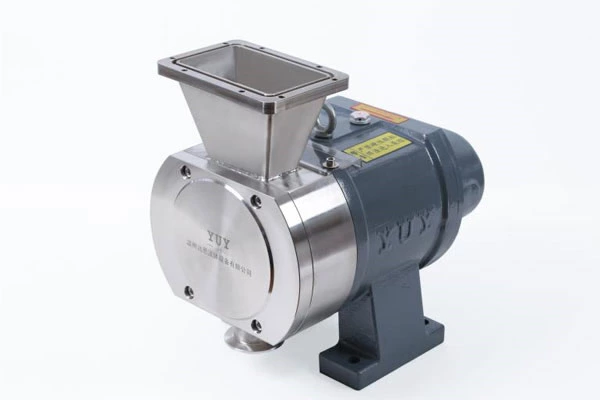Emulsification Pump Installation Steps
Emulsification Pump Installation steps
The emulsification pump is a new type of conveying machinery that uses compressed air as a power source. It can completely pump out all kinds of corrosive liquids, liquids with particles, high viscosity, volatile, flammable, and highly toxic liquids. The main features of this pump are emulsification pumps and stainless steel emulsification pumps.
The emulsification pump is a common machine in the chemical industry. After purchasing this pump, if it is not installed by a professional technician, it is likely to delay production. Let's briefly introduce the installation steps of this pump.
The diameter of the suction pipe of the emulsification pump shall not be less than the diameter of the pump inlet port. For example, when conveying high-viscosity fluids, the diameter of the suction pipe should preferably be larger than the pump inlet diameter. The suction piping at the inlet end must be durable and wrinkle-free to produce a high vacuum state. The diameter of the outlet piping must be at least equal to the outlet diameter, or slightly larger to reduce friction loss. All piping and joints must be leak-proof, otherwise the self-priming ability of the pump will be reduced.
Emulsion pump installation: If the installation details are ignored, long-term careful planning, research and selection may still result in poor pumping results and affect the service life of the pump.
Location: Noise, safety and other logistic factors usually require the location where the equipment should be installed. Parallel installation with conflicting requirements may lead to blockage of the use area and affect the installation of other pumps.
Use: First of all, the location of the emulsion pump must be convenient for use, which will facilitate daily inspection and commissioning by maintenance personnel.
Air supply: Each emulsion pump should have a vent pipe, and the vent pipe should be able to provide enough air to achieve the ideal pumping flow. The air pressure is determined according to different pumping requirements, but it should not exceed 7BAR.
Installation height: Please fully consider the self-priming ability of the emulsion pump to avoid the problem of reduced self-priming.
Pipeline: The pump position can only be finally determined after considering every location where pipeline problems may occur.
The best installation should be selected at the connection of the shortest and straightest inlet and outlet pipelines. Extra bends and pipe fittings should be avoided as much as possible. The pump body should be able to independently support all pipelines. Moreover, the pipelines should be arranged in order to avoid stress on the pump body pipeline device. A flexible hose can be installed to eliminate the stress caused by the natural reciprocating action of the pump. If the pump body is connected to a fixed base, the placement of a buffer pad between the pump body and the base will help reduce the vibration of the pump body.
Precautions for the use of emulsification pumps:
Emulsification pumps are positive displacement pumps that use compressed air as a power source and cause volume changes through the reciprocating deformation of the diaphragm. Its working principle is similar to that of a plunger pump. Emulsification pumps are used according to certain principles and methods. In the specific use and operation procedures, they are used according to certain instructions and precautions. They can produce important use effects and contributions and play a good use value. When using an emulsification pump, pay attention to the following points: Ensure that the maximum particles contained in the fluid do not exceed the maximum safe particle diameter standard of the pump. Tighten the pump and each connecting pipe joint to prevent the split pump from generating static sparks due to vibration, impact and friction. Use antistatic hoses. Periodically check and test the reliability of the grounding system, requiring the grounding resistance to be less than 100 ohms. Maintain good exhaust and ventilation, and stay away from flammable and explosive materials and heat sources. The intake pressure should not exceed the maximum allowable operating pressure of the pump. Compressed air higher than the rated pressure of the pipeline pump may cause personal injury and property loss and damage the performance of the pump.
Static sparks may cause explosions, resulting in personal injury and property loss. Use a wire with a large enough cross-sectional area as needed to properly and reliably ground the grounding screw on the pump. The grounding requirements must comply with local regulations and legal requirements and some special requirements on site. The exhaust of the pump may contain solid matter. Do not point the exhaust port toward the work area or people to avoid personal injury. When the diaphragm fails, the material transported by the sewage pump will be ejected from the exhaust muffler. Ensure that the pipeline system of the pump pressure can withstand the maximum output pressure achieved, and ensure the cleanliness and normal working conditions of the multi-stage pump drive air system. When conveying flammable and toxic fluids, please connect the exhaust port to a safe place away from the work area. Please use a pipe with an inner diameter of at least 3/8" and a smooth inner wall to connect the exhaust port and the muffler.
The high pressure of the fluid may cause serious personal injury and property loss. Please do not perform any maintenance work on the pump and the material pipe system when the pump is pressurized. If the rotor pump needs to be repaired, first cut off the air intake of the pump, open the bypass pressure relief mechanism to relieve the pressure of the pipeline system, and slowly loosen the connected pipe joints. If the pump is used to transport harmful and toxic fluids, please do not send the pump directly to the manufacturer for repair. The liquid conveying part uses an aluminum alloy material pump. Please do not use it to transport liquids containing Fe3+ and halogenated hydrocarbons and other halogenated hydrocarbon solvents, otherwise corrosion will occur and cause the pump body to burst. Ensure that all parts that contact the conveying body will not be corroded and damaged by the conveyed fluid. Ensure that all operators are familiar with the operation and use and master the safe use precautions of the pump. If necessary, provide necessary protective equipment. Use the pump correctly and do not allow long-term idling.
